Mysteries of the Universe show
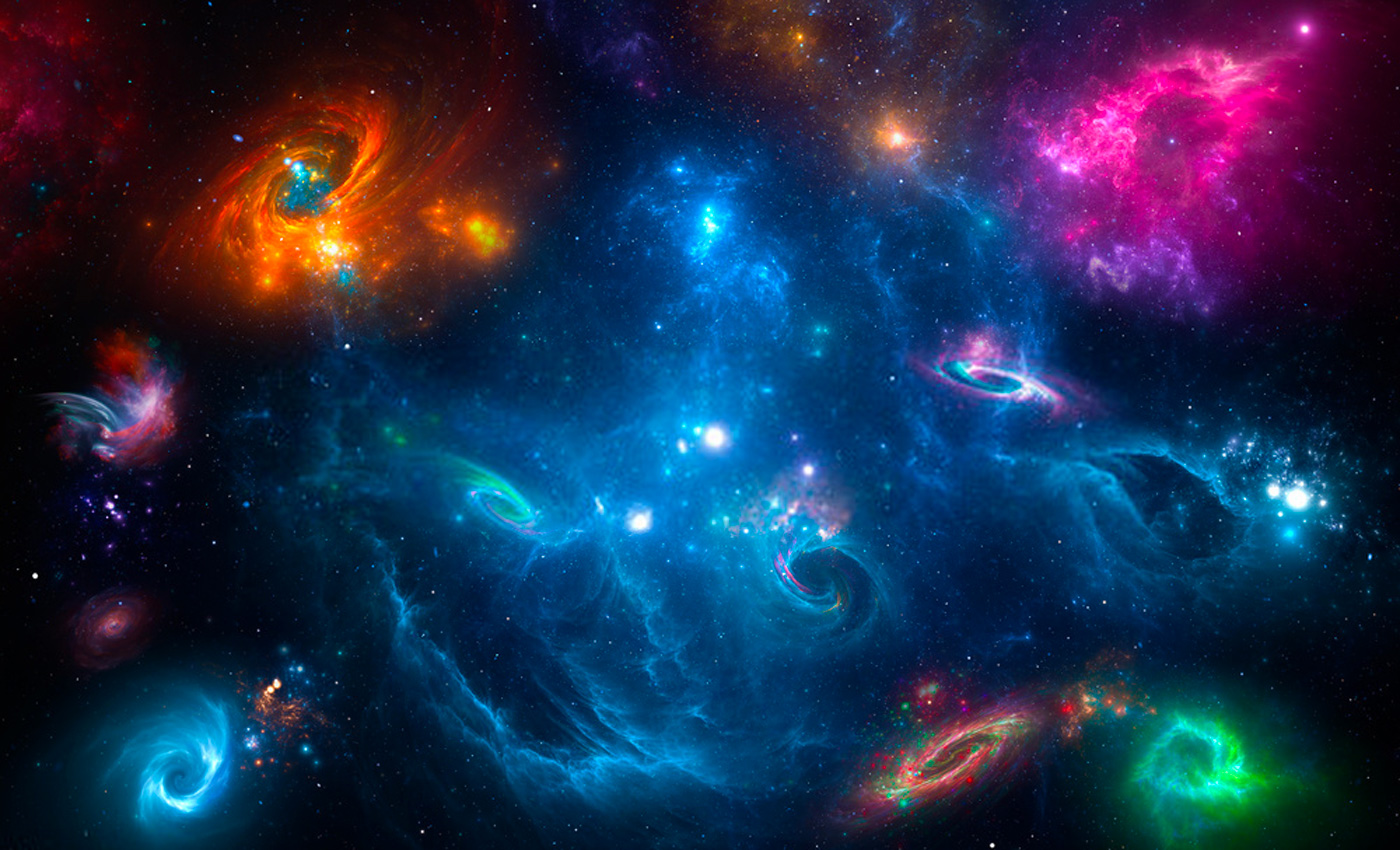
The study of the universe has always been a mystery to many. There are theories about the universe which might be backed by some scientific evidence. But there is still no concrete evidence for these theories. All we have is some speculations and evidences based on certain observations.
One such theory is that our universe is just one of the many universes in existence. The other universes are indeed different from ours but they do exist and they act as a parallel dimension to our own dimension.
The other theory related to the mysterious existence of dark matter in space is that it might be perpendicular or may not exist at all in our universe and only exists in other parallel dimensions.
The purpose of this article is to explore some mystery about space universe. Also discusses some concepts such as big bang, bark energy, dark matter, dimensions, and more.
Table of Contents
Toggle1. Big Bang

The Big Bang theory is the concept that all matter and energy in the universe was created in a sudden explosion.
This is according to the Big Bang theory, which explains how our universe came into existence. The theory suggests that everything in our universe was created from a state of infinite density and temperature, which is known as a singularity. The singularity then exploded into an expanding sphere of particles, with time and space coming into existence simultaneously.
The mystery of what caused the first state of infinite density and temperature to lead to an explosion has never been solved, despite different theories being proposed differently over time.
2. Dark Matter

Dark matter is a weird substance that is invisible and undetectable. It is thought to make up around 80% of all the matter in our universe. Scientists believe that dark matter may have shaped the universe in profound ways. It may have contributed to the formation of galaxies, stars, and planets by affecting how gravity works.
The term “dark matter” is used to describe the matter that cannot be seen by telescopes. The light we see comes from a small, visible range of light emitted by objects – the rest of it is dark, which means it doesn’t emit any light and so cannot be seen.
Scientists believe that dark matter consists of weakly interacting massive particles. These are hypothetical particles that have not been directly detected yet but are thought to exist because they would have had such a strong impact on galaxies and other cosmic structures if they did not exist.
3. Dark Energy

In the theoretical past of science, an important mystery was how much of the universe is made up of ‘dark energy’. We know that dark energy affects how the universe expands and because it is a mysterious phenomenon, it is hard to study.
The amount of dark energy in our observable universe may be estimated by observing how fast the cosmic expansion occurs at different distances. Dark energy has been given various names, but its best known as ‘cosmological constant’. It turns out that roughly 68% of the universe is dark energy. This leaves about 32% for everything else (matter).
4. Black Holes
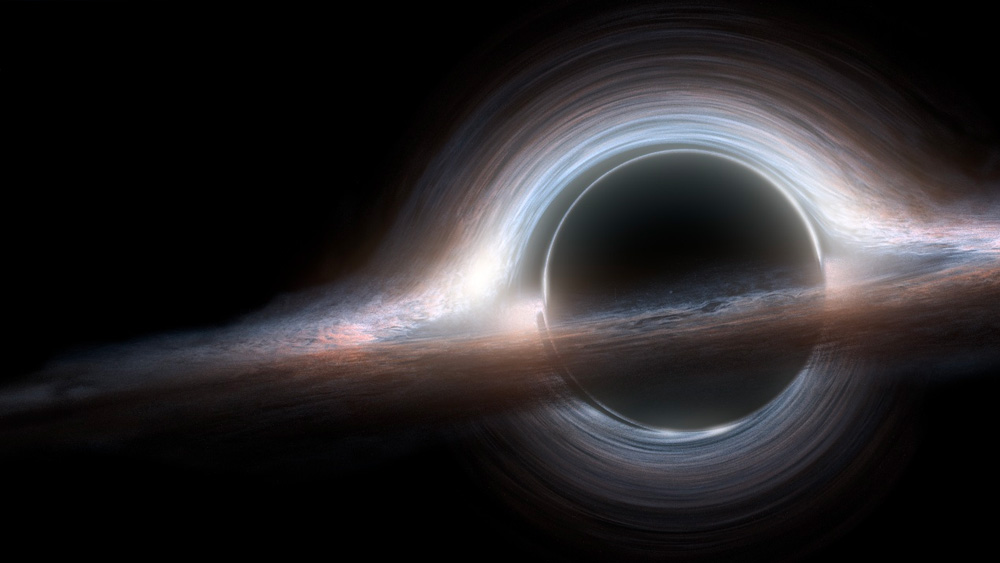
The effect of a black hole is the opposite of what we would expect when it comes to the law of gravity.
Black holes are regions where gravity is so strong that nothing – no particles or even electromagnetic radiation can escape from inside its event horizon. A black hole’s event horizon is the point of no return as it marks where light cannot escape anymore.
We know that stars form out of hot, dense gases in space and they usually become a black hole at some point in time after they have died. The star’s mass determines how long it takes for this to happen – a more massive star will take longer than a less massive one, but eventually all stars die and become black holes.
5. Quantum Entanglement

Quantum entanglement is a phenomena in which multiple quantum states are correlated in such a way that the quantum states cannot be described independently of one another.
Quantum mechanics is a physical discipline dealing with the behavior of matter and energy on the atomic, molecular, and supramolecular scale. It has been called the most profound transformation in physics since the special theory of relativity, in part because it necessitates a revolution in our thinking about space and time.
The strange field of quantum physics is one that most people are still unfamiliar with. Theoretically speaking, quantum entanglement – what Einstein called “spooky action at a distance” – should be impossible to occur without some sort of interaction between entangled particles. What we do know is that quantum effects exist in nature and are not just limited to atoms or molecules but also can extend to larger systems like those on Earth.
6. Antimatter
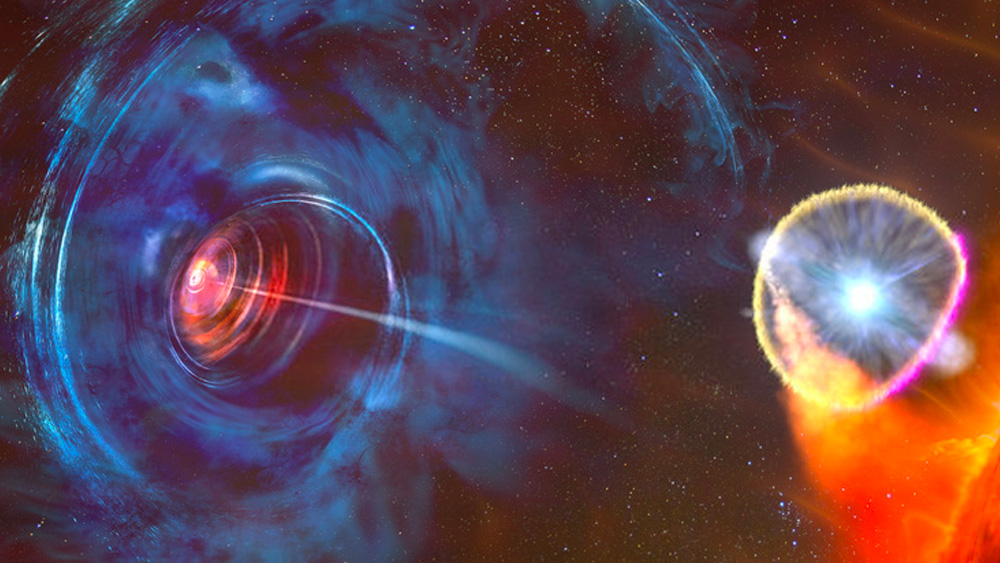
Antimatter is the observable matter and energy produced when two or more protons or antiprotons collide with sufficient kinetic energy. Antimatter is the opposite of normal matter, which means it has a positive charge and mass, whereas antimatter has a negative charge and mass. This difference in electric charge causes them to annihilate when they come in contact with each other.
It was later observed that the atom’s spectrograph showed a line at half the frequency of light emitted from radioactive atoms that was not seen with nonradioactive atoms. Antimatter is found naturally on Earth as small traces of it are produced in supernovas
The universe is made up of three kinds of particles: protons, neutrons and electrons. The proton and the electron are antimatter particles. The reason why the universe isn’t antimatter-filled is that it’s virtually impossible to create or destroy matter and antimatter at the same time. When they collide, their energy either annihilates or creates matter, so they act as if they’re living in different dimensions.
7. Dimensions

The dimension of a mathematical space is the number of coordinates it has. A line has a dimension of 1, an object with three dimensions has three coordinates, and a cube with six dimensions has six coordinates.
The most common philosophical view is that there are just three dimensions – length, width, and height. However, in physics and mathematics, the dimension of a mathematical space (or object) is defined as the number of coordinate it has–that is to say how many independent directions or degrees of freedom it possesses.
The concept of “dimension” can also be extended to any kind of morphable structure or continuous variation on a theme. For example, you could consider length-time-space as one dimensional system but also use other dimensions such as temperature-pressure-frequency to describe something else.
8. Cosmic Rays
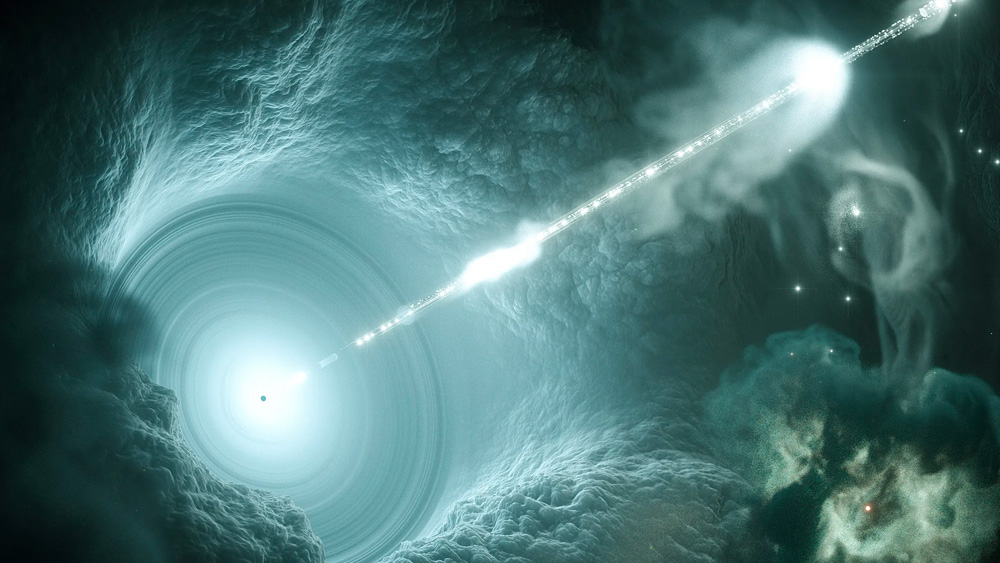
Most cosmic rays are high-energy particles that have been accelerated to nearly the speed of light. They are thought to originate from beyond our solar system, although some may be created in the Earth’s atmosphere when a solar wind strikes atoms in the upper atmosphere.
Cosmic rays have a huge impact on Earth’s climate and ecology. For example, they can produce life-threatening mutations in humans and other species that result in cancer or birth defects. They also contribute to cloud formation and precipitation, as well as climate change.
Cosmic rays are atom fragments that rain down on the Earth from outside of the solar system. Cosmic rays have been found to have a neutralizing effect on the Earth’s atmosphere, which then prevents the accumulation of soot particles or heightens the amount of ozone in the air. The impact of cosmic rays has been significant in recent decades and scientists are looking for ways to lessen its effects.
9. The Multiverse

The multiverse is a hypothetical group of multiple universes. Together, these universes comprise everything that exists. It includes the entire space, time, matter, energy and information. In addition to that, the physical laws and constants that describe them are prevalent in each universe.
In our universe for example, there are three spatial dimensions: length, width and height. The multiverse can be described as a collection of worlds with different structures and rules in place which can lead to different outcomes of events as well as different physical laws which govern each world’s existence. Another thing to note is that at least one universe must exist – otherwise nothing would exist at all!
10. The Fermi Paradox
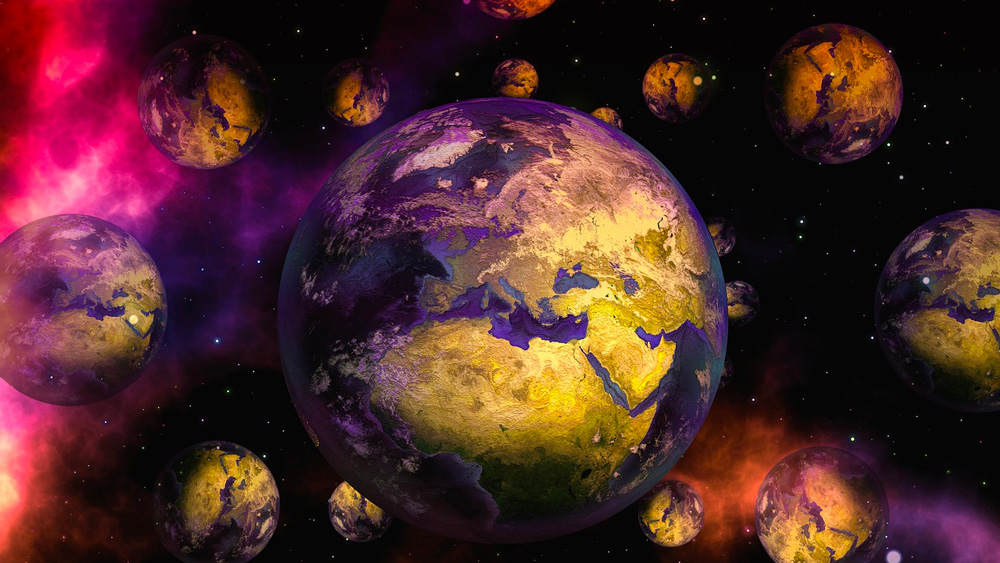
The Fermi Paradox is the concept that the universe should be teeming with alien civilizations but no evidence of their existence has been found. The paradox was proposed by Italian physicist Enrico Fermi in 1950, who asked “where are they?”
The question of where are they remains a mystery to date. However, there are a few common explanations for this phenomenon. One of them is that Earth may be at a high risk for natural disasters, so extraterrestrial life will not want to come closer for fear of extinction. Another possible explanation is that it takes longer than we currently think for an alien civilization to develop and colonize other planets in the galaxy. Yet another explanation is that aliens just might not exist at all and there just might be something else out there in space.
11. Space Roar
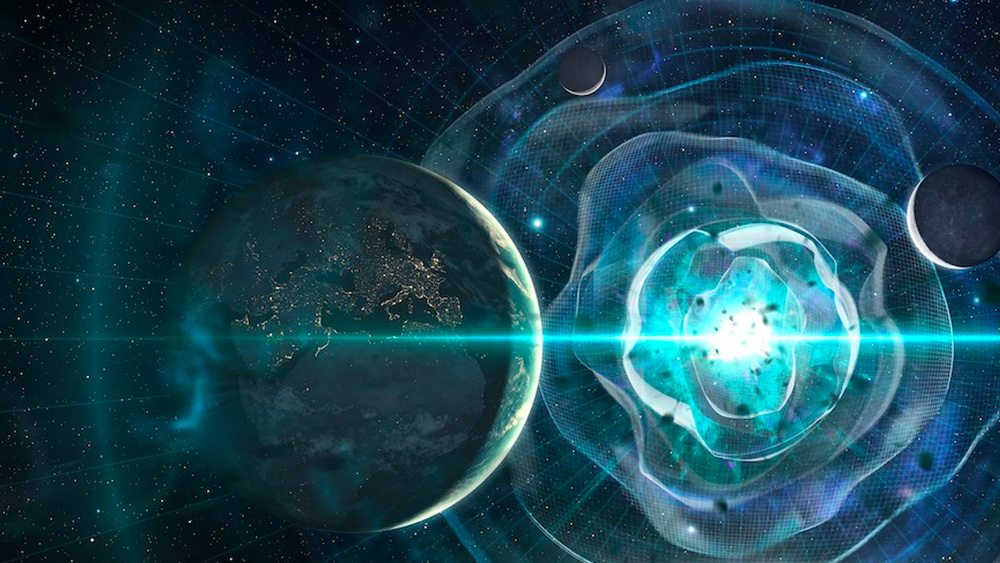
The “Space Roar” is a mysterious sound that some people on the internet believe to be extraterrestrial. This phenomenon has been described as being a slow, deep, and long-lasting sound that sounds like an explosion or an earthquake. It has been heard mostly at night while there are no natural causes for it.
It is one of the most perplexing phenomena in recent history. We don’t know how this phenomenon was created but it has led to countless debates on what could have created it. Some say that it could be a meteor or meteors colliding with Earth’s atmosphere creating friction followed by a huge shockwave, others say that NASA is conducting secret missions near our atmosphere while others think it’s just nature playing tricks on us through its elaborate design.
Conclusion:
The study of the universe has always been a mystery to many, whether it is in regards to the way it was created, its purpose or even how energy and matter were formed. The discovery of gravitational waves helped scientists find some answers.
Aroound
aroound.com is a blog website with the aim to provide you the latest information around world. It helps you find the most relevant blogs on any topic.